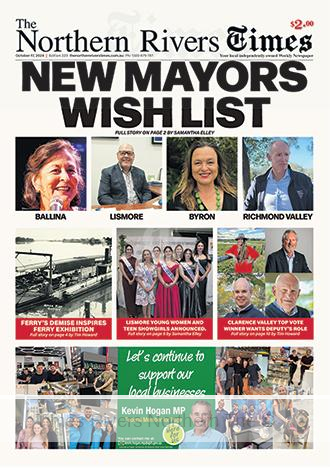Grim Warning for Aussie Homeowners: Rate Relief Still Distant
By Robert Heyward
Australian homeowners facing mortgage stress may have a longer wait for relief, with a leading industry forecaster warning that interest rate cuts could still be many months away. Oxford Economics Australia predicts the Reserve Bank of Australia (RBA) won’t begin cutting rates until the second quarter of 2025, far beyond the late 2024 cut expected by other forecasters, including the Commonwealth Bank.
“Given the RBA’s hawkish rhetoric, we don’t see rate cuts coming until Q2 2025,” said Sean Langcake, head of macroeconomic forecasting at Oxford Economics Australia, ahead of the firm’s biannual economic outlook. Langcake points to “strong cross currents” in the economy as the reason for the delayed cut, with policymakers navigating a “challenging” environment.
He noted that the labour market’s resilience is testing the RBA’s cautious approach to curbing inflation, while a significant easing of fiscal policy is providing a boost to the economy, potentially complicating efforts to keep inflation in check.
Despite the RBA’s efforts to lower inflation to its target range of 2-3 per cent, Langcake expects headline inflation to remain high at the end of 2024. However, he warned that subsidies for utilities, which have contributed to disinflation, may cause the RBA to overlook the headline data.
RBA’s Tightening Cycle and Homeowner Struggles
The RBA implemented an aggressive rate tightening from May 2022 to combat rising inflation, lifting the benchmark cash rate from 0.1 per cent to 4.35 per cent by November 2023. Although the rate has been on hold since then, RBA Governor Michele Bullock has emphasised that any future cuts will require significant changes in inflation trends.
“We’ve seen from overseas experience how bumpy inflation can be on the way down,” Bullock said after the Board’s August meeting. “What we can say is that a near-term reduction in the cash rate doesn’t align with the board’s current thinking.”
The series of rate hikes has placed immense pressure on homeowners, many of whom are struggling to keep up with increased mortgage payments. According to RateCity, monthly repayments on a $500,000, 30-year mortgage have risen to $3,105 as of June 2024, compared to $1,989 in March 2022—an increase of $1,116 per month.
Worryingly, the value of home loans in arrears (30 to 89 days behind on payments) has surged, rising to $14.9 billion by June 2024, up from $5.9 billion in March 2022, according to APRA data. Laine Gordon, money editor at RateCity, acknowledged the growing financial strain on some Australian households: “Despite record high levels of savings, some families are dipping into their savings to keep up with rising cost-of-living pressures.”
However, Gordon emphasised that non-performing loans still represent a relatively small portion of overall credit, accounting for just 1.03 per cent of all outstanding loans in the June 2024 quarter, up slightly from 0.91 per cent pre-COVID.
Australia’s Inflation Battle
Australia’s inflation fight contrasts with that of other major economies, such as the United States, where the Federal Reserve is widely expected to cut interest rates in the near future. The Commonwealth Bank still expects the RBA to begin easing rates in late 2024, although it acknowledges there is a risk that rate cuts could be delayed until early 2025.
“We remain of the view that softer economic data, a further deceleration in inflation, and the easing of monetary policy by many other central banks will see the RBA begin to cut interest rates later in 2024,” the Commonwealth Bank’s latest report states, though it notes a possible start date in early 2025.
As homeowners continue to grapple with rising costs, the outlook for interest rate relief remains uncertain, leaving many Australian households bracing for prolonged financial pressure in the months to come.
For more real estate news, click here.





 Tweed Shire News2 years ago
Tweed Shire News2 years ago
 Motoring News2 years ago
Motoring News2 years ago
 COVID-19 Northern Rivers News3 years ago
COVID-19 Northern Rivers News3 years ago
 COVID-19 Northern Rivers News3 years ago
COVID-19 Northern Rivers News3 years ago
 Northern Rivers Local News3 years ago
Northern Rivers Local News3 years ago
 Health News3 years ago
Health News3 years ago
 COVID-19 Northern Rivers News3 years ago
COVID-19 Northern Rivers News3 years ago
 NSW Breaking News3 years ago
NSW Breaking News3 years ago
















